Public invited to sift through dig site soil on Friday to discover local artifacts
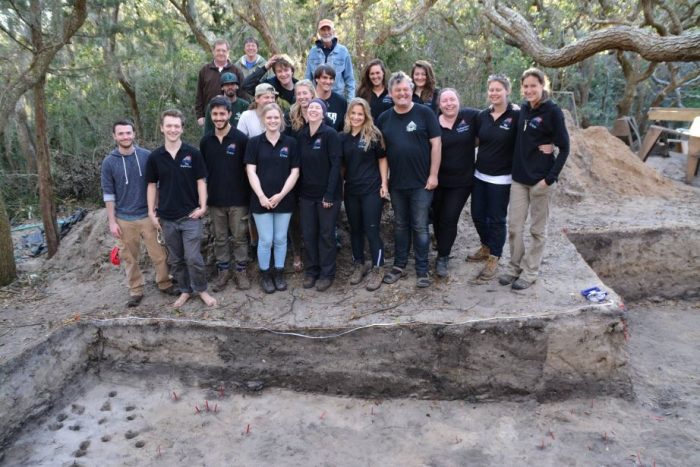
On Friday, August 30, The Lost Colony Museum in Buxton will be offering a rare opportunity for the public to help sift through buckets of soil extracted from a local archeological dig site to discover tiny but revealing treasures. The goal is to find new pieces of evidence that tell the story of the English colonists’ arrival on Hatteras Island.
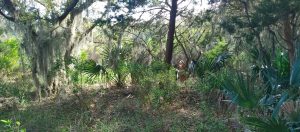
The museum is dedicated to the concept that The Lost Colony was never really lost. Instead, they moved south from Roanoke Island to the Hatteras Island home of the Croatoan Native Americans, who were allies and friends of the English for years before the colony disappeared.
“The Lost Colony mystery is a popular story, but that’s all it is. A story,” said Scott Dawson, museum owner and author of The Lost Colony and Hatteras Island. “Our goal is to change the narrative using science and primary sources, to tell the truth about the Croatoan and Hatteras Island.”
According to Dawson, the evidence is in plain sight, starting with the word “Croatoan” scratched on a tree at the site of the former Roanoke Island colony, and cumulating with hundreds of pages of documents, and thousands of local artifacts found deep in the sandy soils of Hatteras Island.
Archaeological digs have been conducted several times a year at an undisclosed Buxton site since 2009, under the guidance of renowned experts from around the globe.
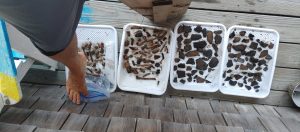
On Friday, visitors will be able to sift through buckets of material that were extracted from a tiny site in June, as part of a filming event for an upcoming special on “The History Channel.”
“We found vitrified glass on this [most recent] dig, which is kind of interesting because we’ve never found it before,” said Dawson. “The only way that happens is with over 1,000-degree temperatures, and that comes from metal working. What they were doing was not exactly clear, but it was found in a 16th-century layer [of soil].”
While at the site in June, the archaeological team – which included renowned British archaeologist Dr. Mark Horton – sifted through the material using a quarter-inch screen to filter and identify any large artifacts.
Friday’s event is the second step of this sifting process, as the material will be processed a second time using a mosquito netting-style material and water to locate any smaller artifacts.
“What is left behind is all these tiny bits of animal bone and shells, but also these really small bullets, and beads, and more,” said Dawson. “It’s all the normal things you find in the quarter-inch screen, but tiny.”
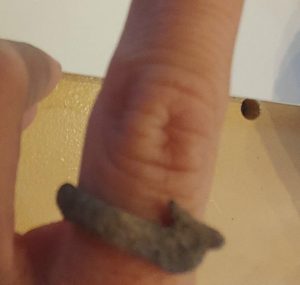
Once the artifacts are discovered, visitors can help Dawson wash off the tiny discoveries and categorize the pieces for further study.
Though there is no guarantee of what will be discovered during the sifting, there have been some eye-catching surprises in the past.
For example, when a group of Cape Hatteras Elementary third-grade students visited the museum and helped sift through excavated material in 2023, they discovered a rare 17th-century wedding ring.
“We found some more pieces of the puzzle this summer during the June dig, and we will probably get even more puzzle pieces out of the wet sieve on Friday. We always do,” said Dawson. “The Croatoan has been so neglected historically, so every bit we find is important.”
“Who knows? Maybe this wet sieving event will uncover something else special.”
How to attend Friday’s archeological sifting event:
- Folks can stop by The Lost Colony Museum in Buxton to sign up for the event. The sifting will begin at noon on Friday, and all artifacts found will be housed at the museum.The Lost Colony Museum and Gifts, which is orchestrated by the Croatoan Archaeological Society (CAS), is located at 46618 N.C. Highway 12. Buxton.
- To keep tabs on the museum’s future updates and events, visit the Croatoan Archeological Society’s Facebook page.






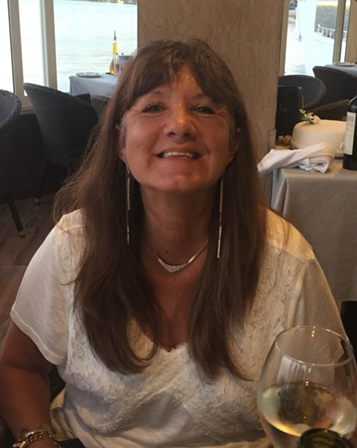
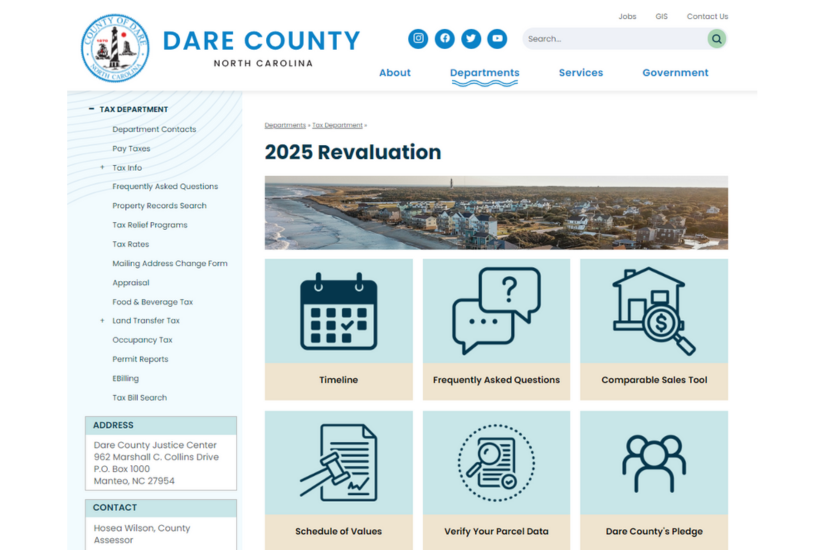
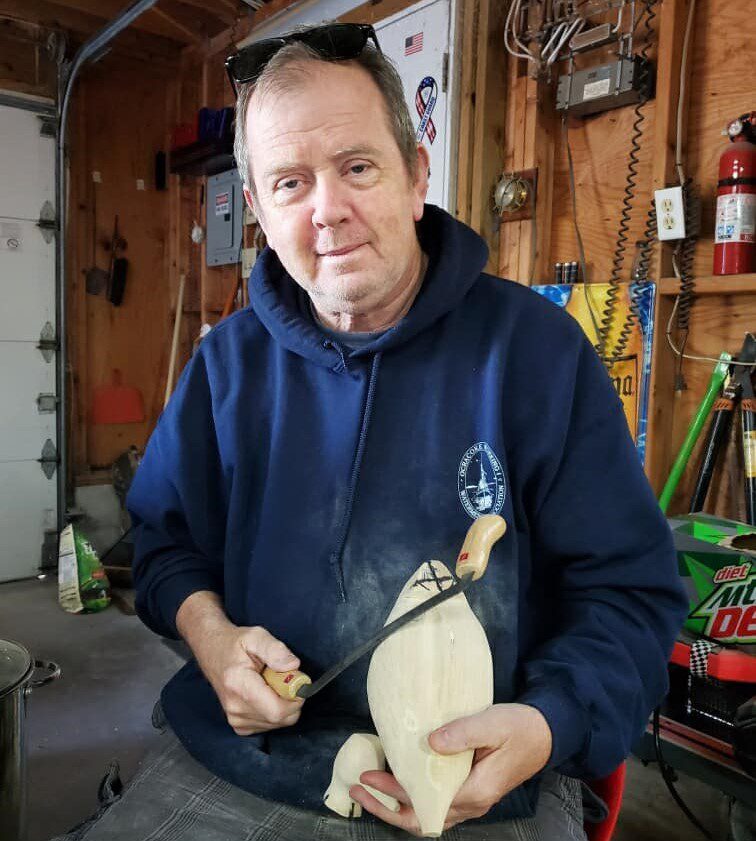

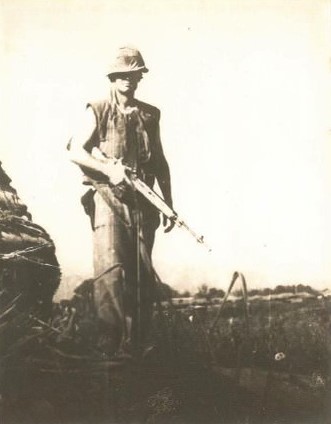

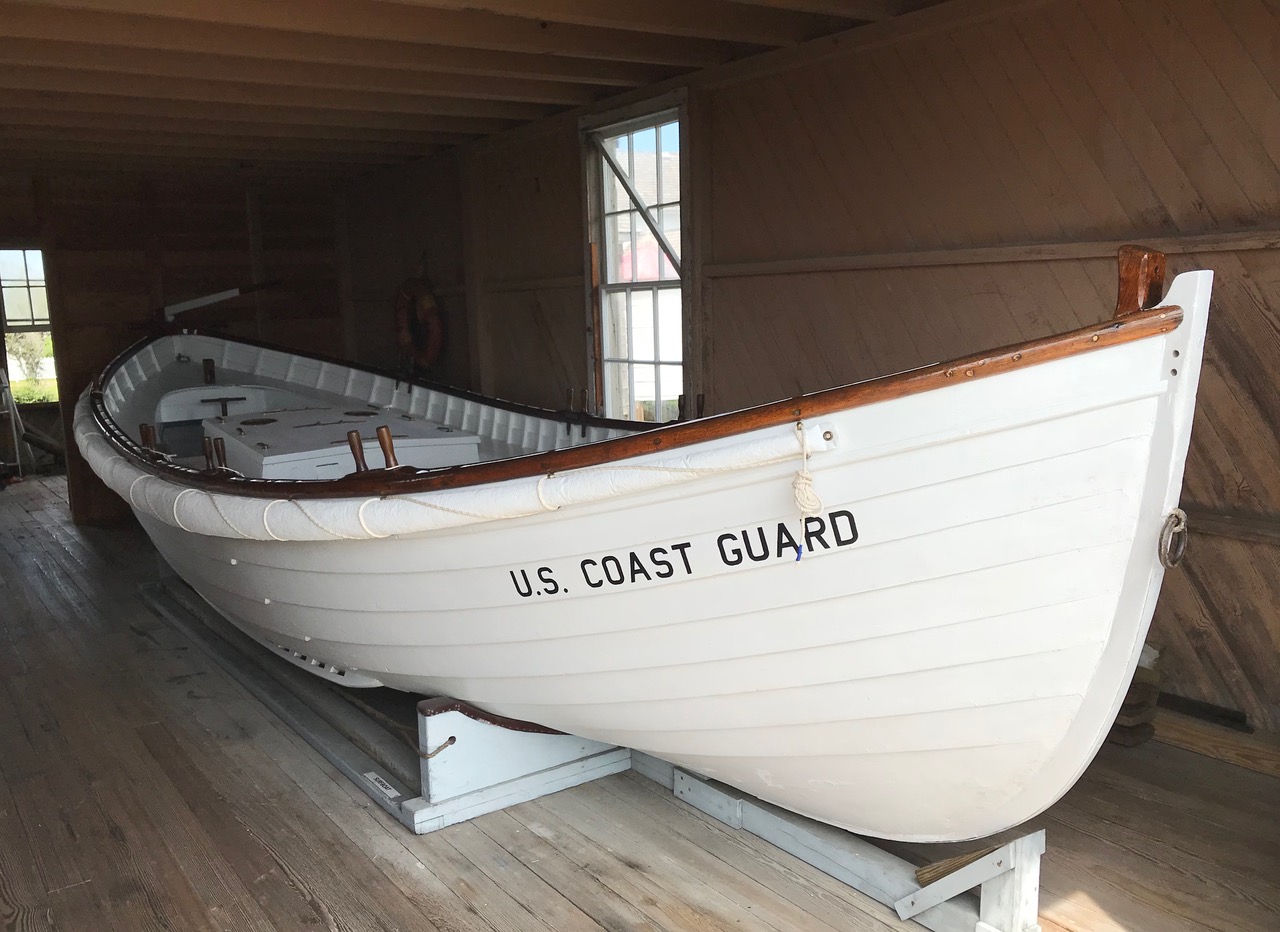

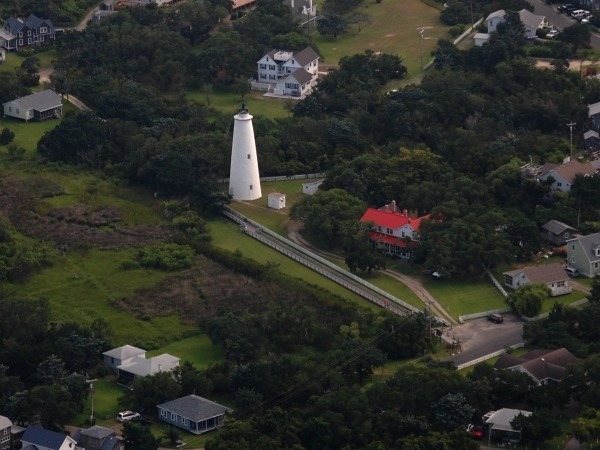


If I never hear about the Lost Colony again, it will be too soon.